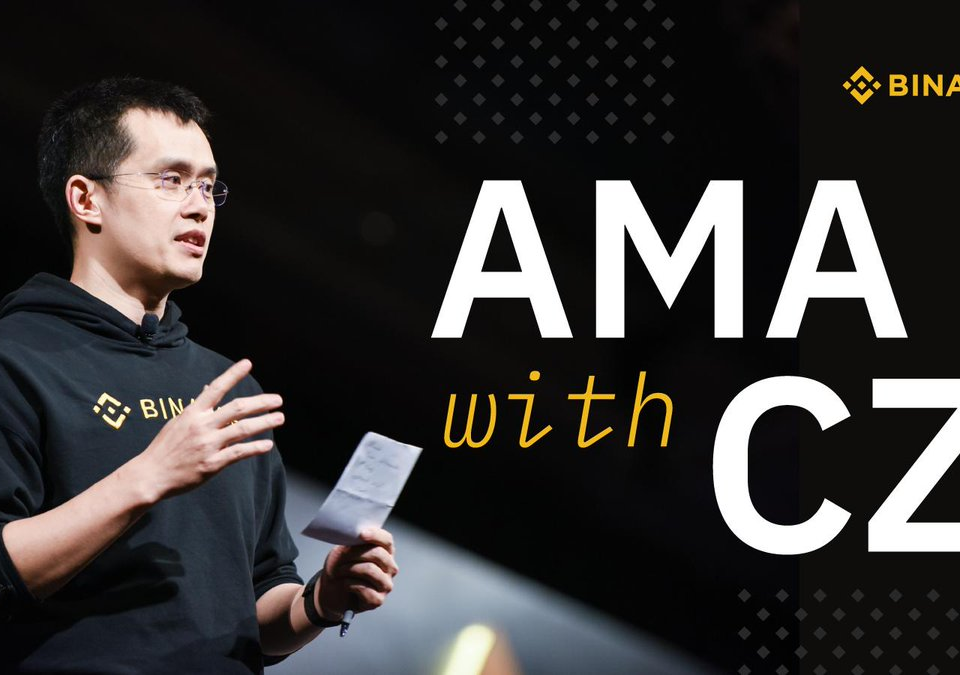What Should Advisors and Investors Look At When Analysing an ICO or STO?

Will Bitcoin reach $100,000 a coin?
April 10, 2019
Top 4 Privacy Coins to Invest in
April 11, 2019Conducting an ICO is an excellent method of raising capital for a project that requires a native cryptocurrency or token to function. But how do advisors and investors spot the legitimate ICO or STOs.
From experience here are the top ten points to look at when it comes to investing or joining a blockchain company as an advisor:
1. Learn about the managing and engineering team
The company should place photos and short biographies of the managing and engineering team somewhere on the company website. The biographies should list the business and technical experience for each member, their position within the company, and some prior companies they have worked for. This is not just a marketing gimmick. It shows that the company is willing to be transparent and that they want to build trust with potential investors. The team members should also be easy to find on LinkedIn or Facebook
The team should also be willing to reveal their identities on the ICO website. One-page websites that are void of a team profile or social media links are dangerous. These companies may be trying to remain anonymous in order to dupe potential investors. A blockchain-based solution is transparent by definition, and the team should be transparent as well. This should include some social media links that allow potential investors to engage with the team and verify that they have put their full effort into launching a successful company.
2. The company white paper
The company white paper should clearly communicate the company’s value proposition. It should also provide a clear roadmap that the company intends to follow after the ICO has ended. The white paper gives the company the opportunity to go into greater depth on the biographies of the critical team members. Revenue projections should be based on publicly accessible industry data and should be realistic. Language that is speculative or attempts to exploit FOMO (fear of missing out) should be avoided.
All of the information should be communicated using more than just flashy graphics. The company should be able to clearly and concisely communicate the problem they intend to solve, how their service solves it, their value proposition, and how the use of a token facilitates this solution. Their supporting analysis should be able to back it up.
Finally, the white paper gives the company a chance to explain why their native cryptocurrency or token facilitates their business model. This will help drive the value of the token post-ICO and can improve ROI for investors.
3. Funding rounds from institutional investors
While this is rare, some companies offering ICOs have received funding from institutional investors. The company should indicate which institutions are backing the company and the level of funding from each. If institutional investors are willing to take a chance on a company offering an ICO, it builds credibility and indicates they have stood up to a significant level of scrutiny.
4. The offering satisfies a clear market need and solves a unique problem
A company that fills a clear market niche and will drive the value of their coin once it becomes publicly tradable. This is particularly true of companies that use a coin to facilitate their business. If the coin is necessary for users to gain access to the company services, and the service is unique, demand for the coin will increase over time, as will an investor’s ROI.
5. The tokens are tradable for some useful product or service.
A perfect example of a company that fulfils this particular requirement is Filecoin. This company disrupts Dropbox by holding your backed up files in a decentralized blockchain. Users rent out their computer space to backup the files from Filecoin, and in return they receive Filecoin tokens as payment. The tokens can then be traded for BTC, ETH, USD, or other currencies. Subscribers who wish to back up their files online purchase Filecoin from an exchange, and they pay the company in Filecoin tokens. Here, we see an example where the company is backing the value of their tokens with a useful service. Another excellent example is Copytrack. Their decentralized system stores copyright information on the blockchain, and their tradable CPY token is used to automate payments to copyright holders.
6. Communication
This relates to points #1 and #2 above. The team should be willing to engage with potential investors. This can be done through a blog on the company website or through popular social media platforms. This gives potential investors an idea of the temperament and accountability of the managing team, and it also gives the company a chance to clarify any misconceptions held by potential investors.
How the company communicates is also important. Teams that communicate in speculative language or who overuse buzzwords are a signal that the underlying concept has no real value proposition, and the ICO should be avoided. Instead, the company should focus on discussing the value proposition that their company offers, why their token is necessary for the company to succeed, and how they intend to support their community of users.
7. The foundation blockchain
What blockchain was used to support the project? Are the tokens a BTC variant, is the blockchain completely custom, or are the tokens based on ETH? The company should place this information directly on the ICO webpage. Most new companies offering tokens in ICOs are based on the Ethereum blockchain, thanks simply to its faster update time and its open source architecture.
8. Language
As obvious as it may seem, the company webpage and their whitepaper should use correct grammar, spelling, and punctuation. Many ICO funding pages neglect this point, and they appear highly unprofessional as a result. If the company won’t bother with something as simple as correct grammar, why would they bother to run the company properly?
Some companies that fundraise with ICOs will publish in buzzwords and speculative language. If they encourage you to act out of FOMO (fear of missing out), they probably are not serious about their underlying concept. These companies are only trying to tell you what you want to hear in order to convince you to part with your BTC.
9. Token distribution
The company should clearly communicate the total amount of capital they intend to raise, the total number of tokens they have generated, and the price per token should be realistic. A company that intends to sell billions of tokens valued at hundreds of dollars each has an unrealistic funding goal. The value of a token should also be comparable to its foundation coin.
Companies should disclose how many tokens they intend to keep for themselves after the ICO closes. A company that intends to keep the vast majority of unsold tokens likely intends to begin selling them as soon as the token lists on an exchange. The best companies will destroy all unsold tokens after the ICO closes.
10. Exchanges
The tokens purchased during an ICO must be exchangeable for either fiat or another cryptocurrency in order for an investor to realize their ROI. The exchanges planning to list the token should be listed on the company website. More importantly, the exchanges should corroborate this information, either on their own websites or through a simple email to customer service. If a token is not listed on an exchange, then it is effectively worthless and investors should avoid it.









